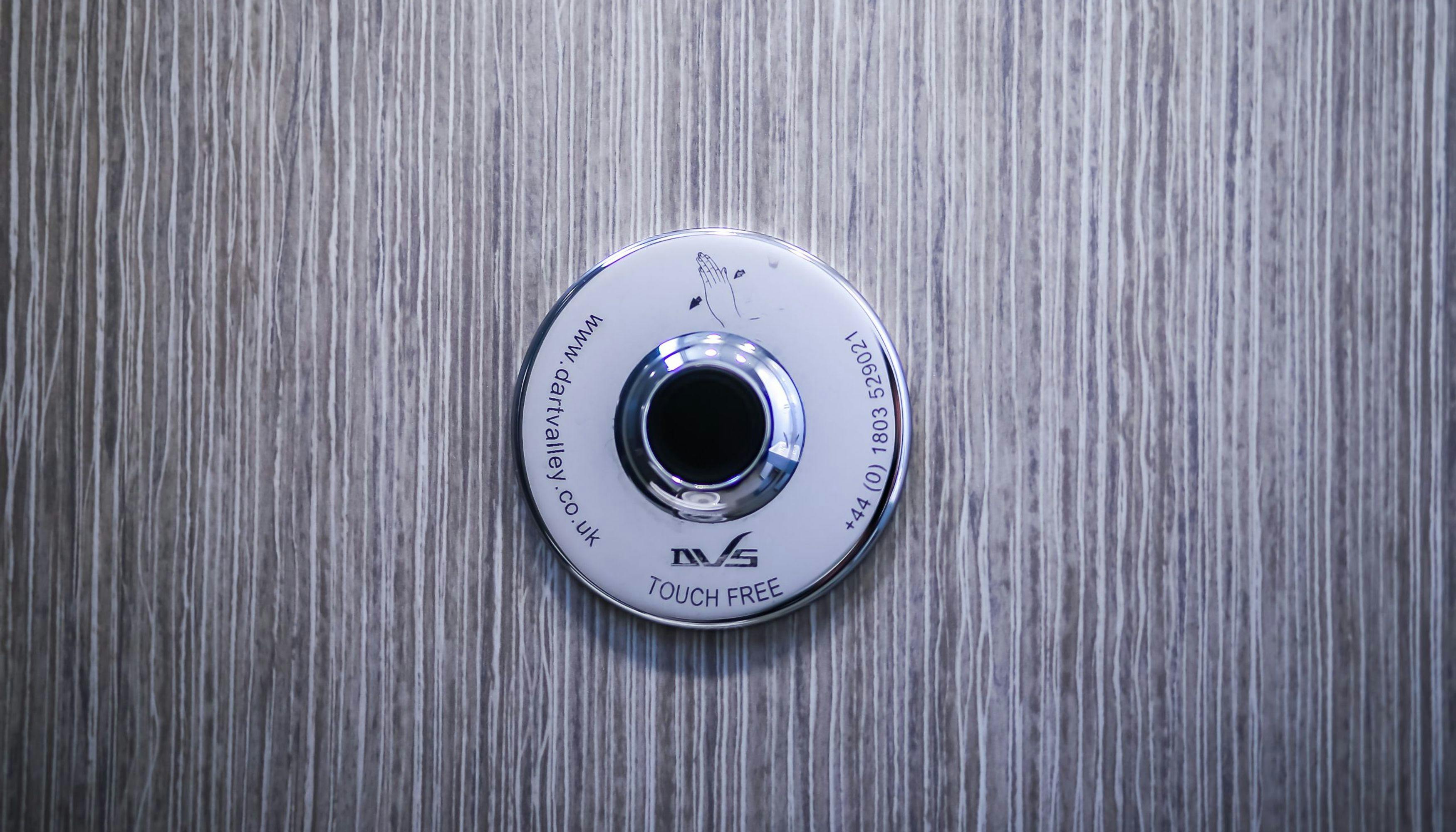COVID-19 has had a seismic impact on how we all work and live. For workplaces, in particular, it has meant the majority of employees working from home for the past few months. But as we begin to return to work and use more public buildings, there are steps that all building owners need to take to ensure their washrooms are COVID secure.
Not only will doing so promote the safety of your washroom visitors in the current pandemic, but it will also help future proof your building for any similar health outbreaks in the future. After all, even a ‘simple’ cold can spread like wildfire, with other viral illnesses also being transferred through common areas in your building not least in washrooms.
Here are some of the steps you need to take to make sure your washroom is COVID secure.
Reduce Touchpoints
Touchpoints are a problem in any building because they harbour bacteria. Features such as door handles, taps, light switches, hand dryers and toilet flushing mechanisms can all be adapted to reduce the need for contact. Mostly, this can be done through motion sensor technology. If the element must still exist in physical form, then using a material that is easy to disinfect due to the material and its design is key.
Aside from being a motion sensor activated, hand dryers also need to dry effectively so that moisture isn’t left behind on hands. Medical studies have found that washing hands without properly drying them spreads around 40,000 microorganisms onto food that is then touched by them.
Reducing touchpoints can be stepped up further still in medical environments. In particular, taps can be adapted so that they feature longer levers so that they can be turned on and off using elbows.

Make Sure Your Toilets Have Lids
If a toilet is flushed and there isn’t a lid in place, then the water droplets (not all of them sanitary) are dispersed into the air and on the surrounding walls, floor and door. It’s thought that the droplets can travel as far as 2 meters away.
Toilet lids aren’t always found in commercial toilets, which is why it’s a good idea to consider installing them in yours if you haven’t already. If the water droplets are not contained, then your washroom could be a breeding ground for bacteria, even if users are washing their hands properly.
Use Deeper Trough Sinks
Trough sinks are used within a medical environment, because the design keeps the water contained within the unit itself, instead of splashing all over the place. If you notice water trailing from the sink on the floor to the hand dryer, it’s likely not the right shape to facilitate hygienic handwashing. Such water trails can cause a slipping hazard too.
Signage
A study found that only 60% of office workers wash their hands after visiting the bathroom. You would hope that post-pandemic, this number will increase but you cannot guarantee this. Therefore, installing a friendly reminder in the form of signage is advised.
There are signs which show the correct method for handwashing, including covering the backs of the hands and the lower portion of the arm (pictured above). Or, signs which list easy to follow detailed steps on washing and drying hands.
It might seem pedantic, but the reality is that so many germs and diseases even aside from COVID-19 are spread through bacteria on our hands. All it takes is one touch of the face to transfer these germs into our system, so handwashing really can’t be underestimated.
In terms of washroom design, taps can have depressors that work as an energy-saving feature to shut off after a certain point. It may be possible to program these to work for the recommended 20 seconds. On the contrary, if the tap shuts off after only 5 seconds then the user may mistakenly assume they have washed their hands for the right amount of time. It could also be an idea to install a clock above the sink so that people can double-check they have washed their hands for the correct duration.

Find Out More
Appropriate washroom design, scheduling regular cleans and user action will all determine how COVID-secure your washrooms are. If you are yet to make changes to ensure your toilets are COVID-secure, then don’t delay in following the above advice.
For further help and information, please contact us. We install washrooms across the UK, and we can help make your facilities COVID-19 secure, regardless of the type of building you own.
Please get in touch on 0115 811 4242 and we'll get back to you.

